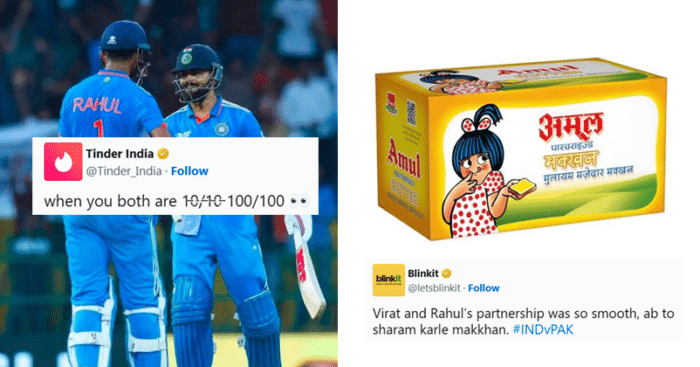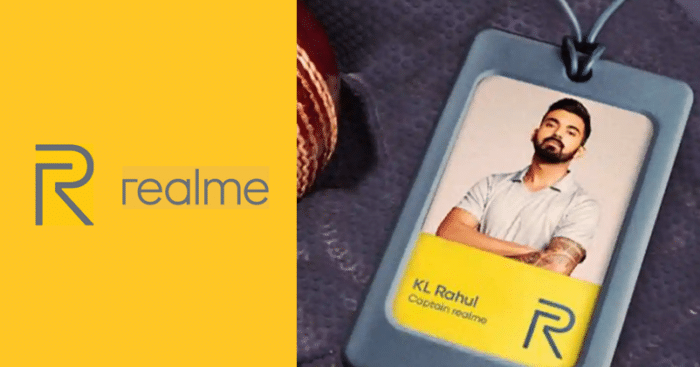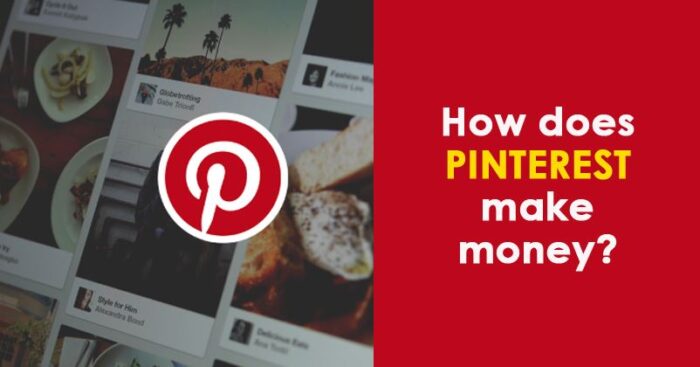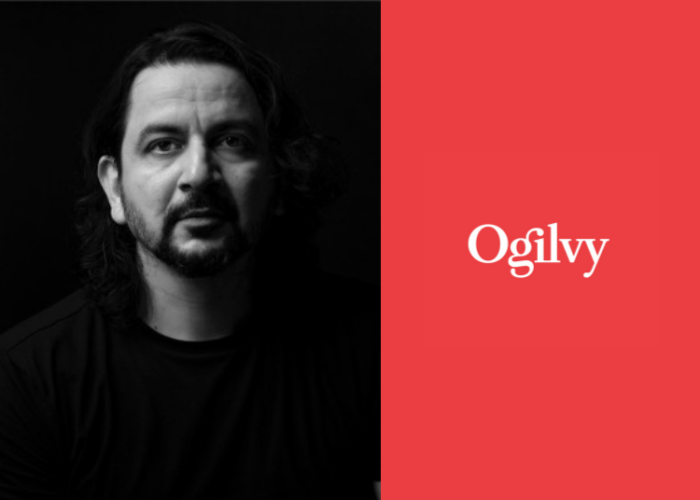Pinterest, Inc. is a social media web and mobile application company which operates a software system designed to enable saving and discovery of information on the World Wide Web using images and, on a smaller scale, GIFs and videos. Founded by Ben Silbermann and Paul Sciarra, Pinterest has reached 300 million monthly active users as of August 2019.
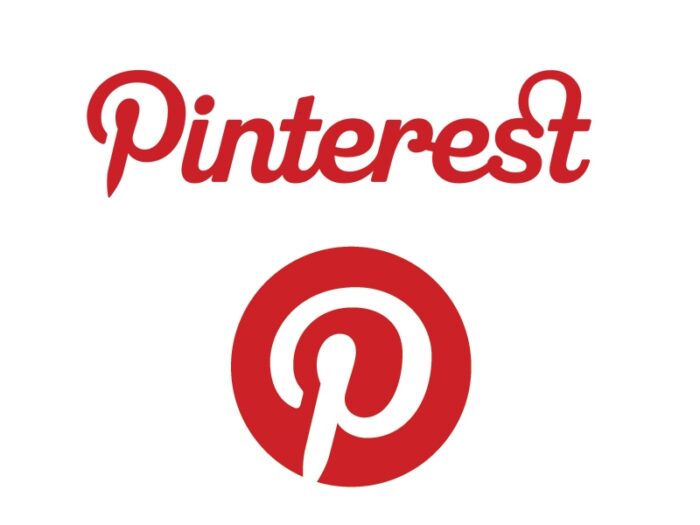
Pinterest CEO Ben Silbermann summarized the company as a “catalogue of ideas” that inspires users to “go out and do that thing”, rather than as an image-based social network.
Valued at over $10 billion Pinterest also made its debut on the stock market this year in April. In its IPO filing, the company said it lost $63 million last year on revenue of $756 million in revenue, with revenue growth of 60%.
But interestingly here’s how the app makes its money.
Monetizing Pins
The company has integrated a “buy it” button which permits users to buy pinned products directly from Pinterest, rather than visiting a separate merchant site. Merchants participating in BigCommerce, Shopify, or Salesforce Commerce Cloud are allowed the opportunity to partner with Pinterest; while it’s still unclear whether Pinterest charges any commissions from these partners, according to a report by Feedough.
Promoted Pins
Pinterest’s primary source of revenue are its “promoted pins”. These special pins are effectively advertisements, paid for by identified sponsors. Like in Facebook’s timeline feature and other social media platforms, promoted pins look very similar to (but not exactly the same as) standard pins. Pinterest utilizes user data to target advertisements based on user interests and searches, as well as other demographics. Given that users pin items that they are interested in already, this process is relatively straightforward for the company.
Undoubtedly, Pinterest’s advertisement component is its largest source of revenue. Much of this revenue has been sparked by increased interest in the Pinterest mobile platform, which is increasingly popular among fashion and beauty brands. Given that the users of Pinterest are overwhelmingly female and have above average incomes, this perhaps seems like a natural area of strength for the company.


